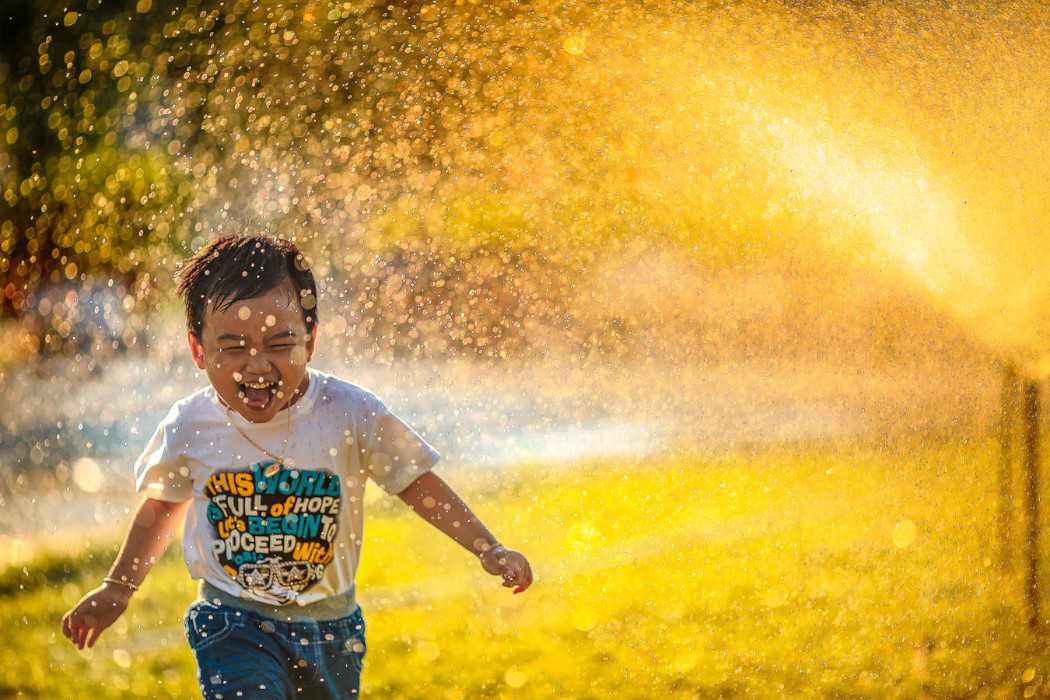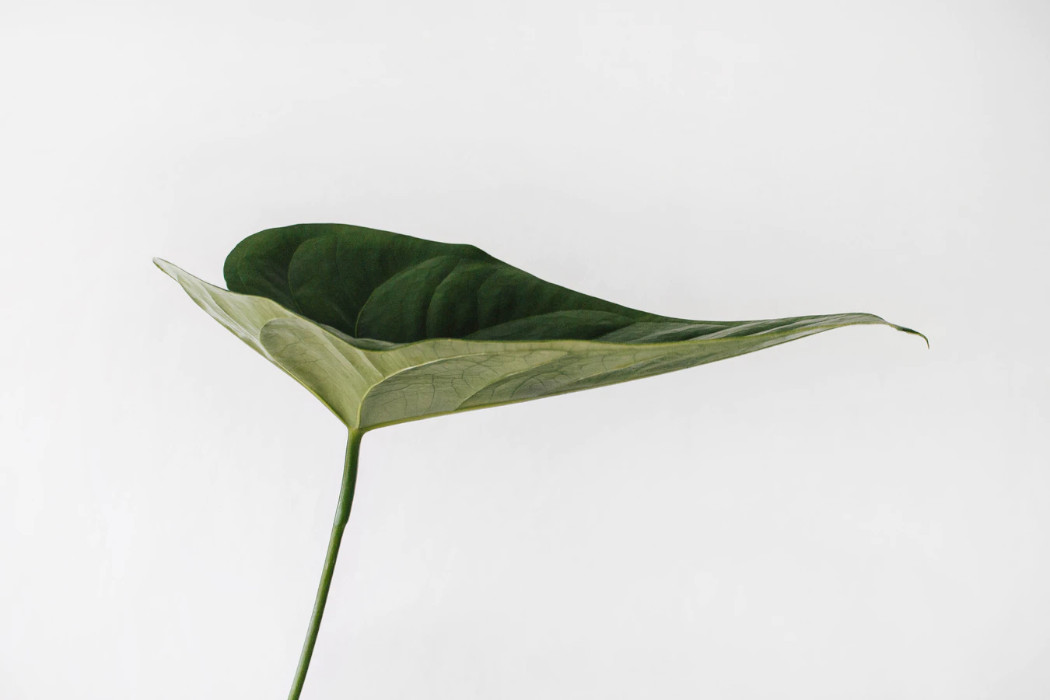Taro was a young, able-bodied man who lived with his parents outside a small village near the hillside. He was a woodcutter by profession and very dutiful towards his parents. The low-income family of three sustained themselves only on Taro’s meager income as the parents had grown old and were unable to work anymore. Taro, the polite and ever dutiful son, would constantly worry about his parents increasing weakness due to old age. He wanted to earn more money for his family, to keep them comfortable and healthy, especially during the cold winter months.
Taro’s Reward Summary
However, no matter how hard Taro worked, he earned significantly less and could not buy everything his parents required. In the evenings, they would all huddle together as a family for warmth and companionship. On one such winter evening, a cold wind began to blow and entered their small hut through tiny cracks in the walls. The wind was freezing the bones of the elderly parents, and they all felt chilled as it whistled by making noises. While they shivered, the old father sighed and said that he wished he had a cup of ‘saké’ which would warm his frail body and strengthen his heart against the cold – “I wish I had a cup of saké; it would warm me and do my old heart good.” Saké is a traditional Japanese beverage and a delightful hot drink that could cheer up anyone during the cold seasons. It is a widely popular drink which makes it expensive and not easily attainable by common men of the village.
Taro wanted to serve a cup of hot saké to his ailing father, but it made his heart sad to think that he probably could not afford it. The thought kept running through his mind – ‘How do I get a little saké for my poor old father?’. He decided to get up earlier than usual the next morning and go out to the forest to cut more wood. Taro worked hard the entire day and barely took any rest. Soon he felt warm enough to remove any extra layer of clothing as he was sweating from exertion. He kept chopping even when his throat ran dry, and he became thirsty for water, but still, he did not pause and went on doing his work.
Taro was immersed in his activities when suddenly he heard the sound of gushing water nearby. He stopped and pondered because he knew this part of the wood and there was no such source for water. Since he was already very thirsty, he dropped his axe and rushed towards the sound in search of a drink. When he reached the place, he saw a small but beautiful waterfall gushing out from behind a rock in the hillside. He went forward and drank the liquid cupping his hands, and again he was surprised to know that it was not water that he drank but delightful saké. Luckily, Taro had a pitcher with him, and he collected the precious liquid and hurried home to his parents.
His father was extremely happy with his son when he offered him the pitcher full of saké. After swallowing the liquid, he felt much stronger and stopped shivering. The overjoyed father got up and danced a little bit to show how happy and grateful he was. That same afternoon, the family received a guest from the village. The good people offered the lady some saké, and the guest also felt surprised and delighted at the taste. She asked them where they found such amazing saké and Taro told him the story of how he came across the small waterfall while chopping wood. After thanking them for their warm hospitality, the woman left their house in a hurry to tell everyone about the magical waterfall. By the end of that day, the rumors had spread far and wide, and people from the village kept coming into Taro’s house to have a sip of the delicious saké and hear the story in person because they could not believe what they heard. Within an hour the pitcher became empty, and there was no more saké left.
Taro woke up earlier than ever before the following morning and decided to carry the largest pitcher with him so that he could bring back more of the wonderful saké. He wanted to go to the waterfall and collect the liquid first before starting his work in the woods. However, when he reached the place, he was shocked to see all of his neighbors gathered around the waterfall. They were all carrying large vessels with them to collect the golden liquid. One of the men from the crowd knelt in front of the waterfall and drank some liquid. He did this repeatedly to be sure and declared to the others that this was only cold water and there was nothing magical or special about this waterfall. To confirm this statement – ‘Others also tried, but there was no saké, only cold water. The mob was angry with Taro now because they believed he had lied to them and tricked them. The villagers started hunting Taro to take revenge – ‘Where is Taro? Let us drown him in this waterfall’.
However, Taro was clever, and he hid behind a large rock when he overheard their conversation. The villagers tried but failed to find him and eventually gave up. The villagers were full of anger and resentment, but after a while, they started leaving the place one by one to go back to their work. After the place was cleared, Taro came out of his hiding place and wondered if the villagers were right and the lovely saké was just an illusion. He drank from the waterfall once again, and as soon as he put it to his lips, he realized that it was the same fine saké and not cold water as the villagers had claimed. Taro’s hard work and dedication had paid off. Only the dutiful son could get saké from the waterfall, and for others, cold water flowed from there.
The story of Taro and his magical waterfall became famous all over the country, and even the Emperor of Japan came to know about it. The young woodcutter was called into the royal court and rewarded for his kind and brave nature. Taro received twenty pieces of gold, and the King named the largest and most beautiful fountain in the city after him to honor him. From then on, the country’s children were expected to look upon the fountain and be inspired by the story of Taro, who was respectful and obedient towards his parents.
Taro’s Reward Central Idea
The story focuses on the high moral values of Japanese culture and society where respect, kindness, and a sense of duty for parents and elderly people are ingrained within the developing personality of young children. Taro’s central character was only a poor boy and tried to earn for his family as much as he could through his profession. However, he could not earn enough money through wood cutting. He wanted to provide the basic comforts for his parents, so when his old father wished for a cup of saké, he was in a dilemma. Nevertheless, his hard work and true regard for his old parents did not go unnoticed by Mother Nature. When the next morning he rose early to go to the woods, his selfless hard work was rewarded through the gushing stream of delicious saké which he found hidden behind a rock nearby. This came as a surprise to him because it was not there previously. Taro would know because he went into the woods often as his job demanded. This incident refers to the main idea of the story – that a selfless deed can give way to new possibilities. Parents’ blessings are important for achievement and prosperity, and we should take care of them when they grow old and helpless.
Taro’s Reward Critical Analysis
The story Taro’s reward is considered to be a popular fairy-tale legend in Japanese culture. As the world continues to become more capitalistic, basic human values seem to be diminished in our generation. The story addresses this problem as it speaks of a poor rural family where the son Taro fulfills his father’s wishes through intentions of hard work and toil. Hence, the fairy-tale falls under the category of a moral-value-based lesson for young children. The unexplained supernatural occurrence adds to the mystical element in the story. Perhaps, this is the reason why the story is considered to be a fairy-tale by many. It makes the tale more fascinating and interesting for children and inspires them to ‘reap’ as they ‘sow’.
Taro’s actions remind the children of the importance of good values and how they can lead to success in the future. The mob of people who had gathered around the waterfall was the opposite of Taro. They brought large pitchers to collect free saké without having struggled for it. The writer of the story warns the readers against such selfish people who in a minute, praise Taro for his dedication and then turn upon him and curse him when they do not get what they wanted. The waterfall itself is a symbol of benevolent nature that favors the diligent and kind young man.
Some online learning platforms provide certifications, while others are designed to simply grow your skills in your personal and professional life. Including Masterclass and Coursera, here are our recommendations for the best online learning platforms you can sign up for today.
The 7 Best Online Learning Platforms of 2022
- Best Overall: Coursera
- Best for Niche Topics: Udemy
- Best for Creative Fields: Skillshare
- Best for Celebrity Lessons: MasterClass
- Best for STEM: EdX
- Best for Career Building: Udacity
- Best for Data Learning: Pluralsight
















